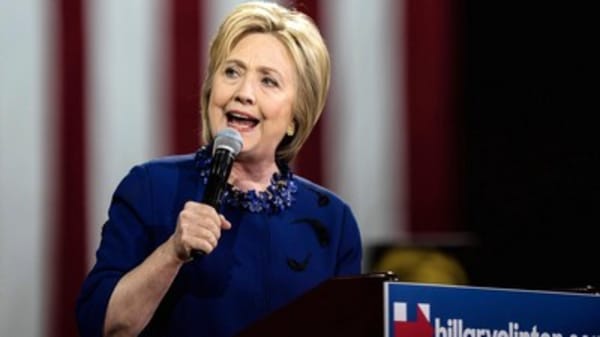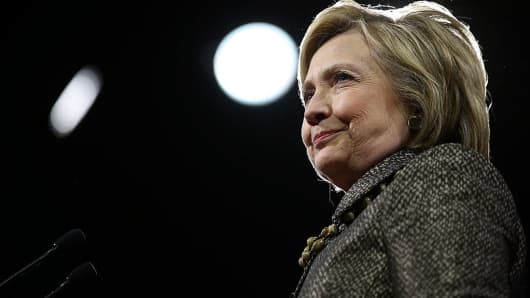While Ted Cruz may be overly optimistic in choosing Carly Fiorina as his running mate, Hillary Clinton's victories in the Northeast primaries have allowed her to finally look ahead to the November race. Leaks from her advisors show a predictably large group of potential candidates. Clinton can choose anyone, but as past Democratic nominees show, the party's standard bearers have followed a very strict pattern of running mate selection: Look to the Senate.
Since 1940, every Democratic vice presidential nominee except two very notable exceptions has been a sitting U.S. Senator. From Harry Truman to Joe Biden, 13 of the last 15 choices have been taken directly from the Senate. Those two exceptions both stand out -- U.S. Rep. Geraldine Ferraro in 1984 – who was taken from the House -- and Sargent Shriver in 1972. The selection of Shriver deserves a huge asterisk itself. Shriver was George McGovern's second, desperate choice after Senator Thomas Eagleton was picked and then forced to decline the nomination due to revelations about his having received electro-shock therapy treatments. The 1972 and 1984 elections were also noteworthy for a separate reason – those elections represent the two largest Democratic defeats in history.











